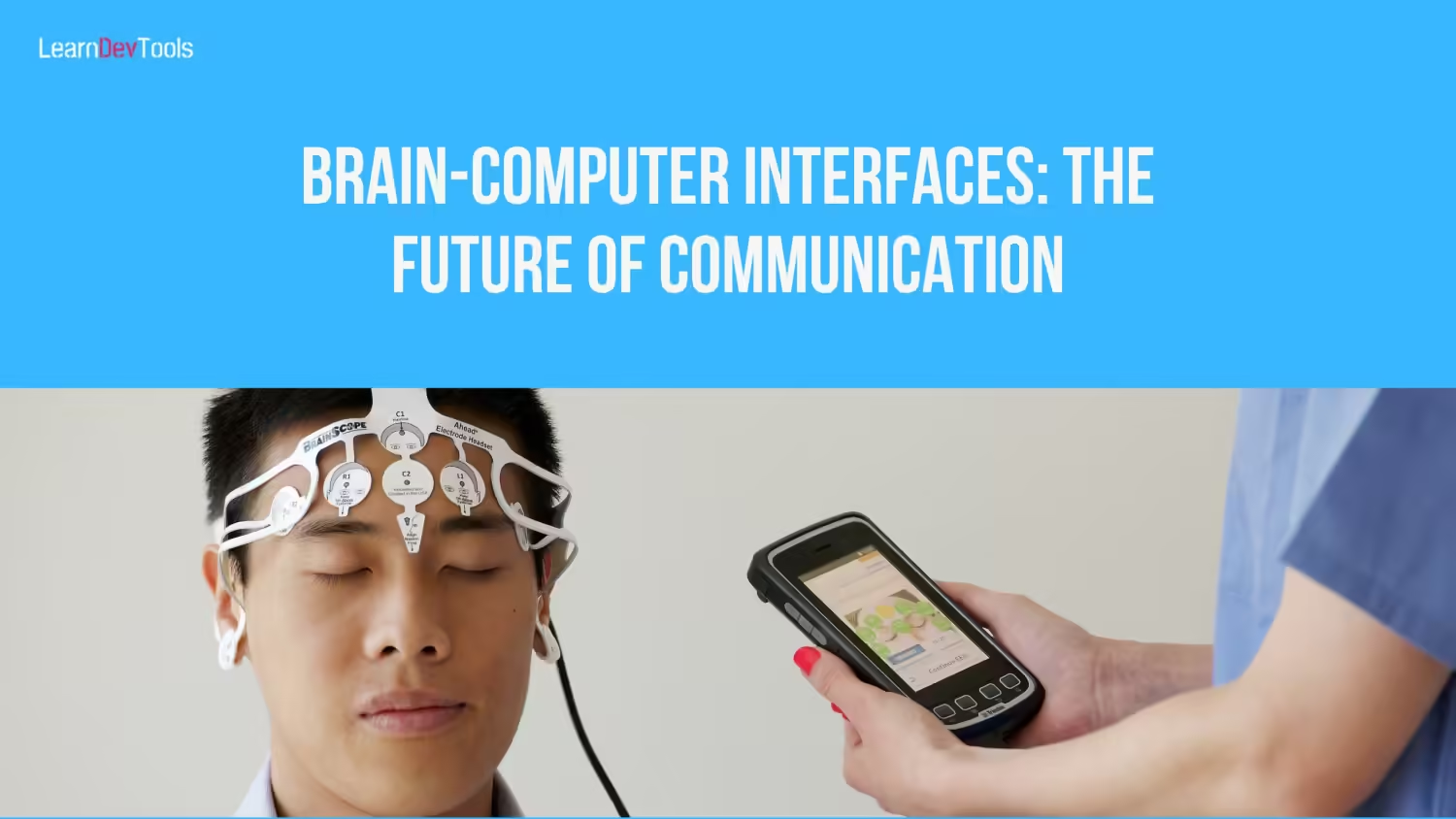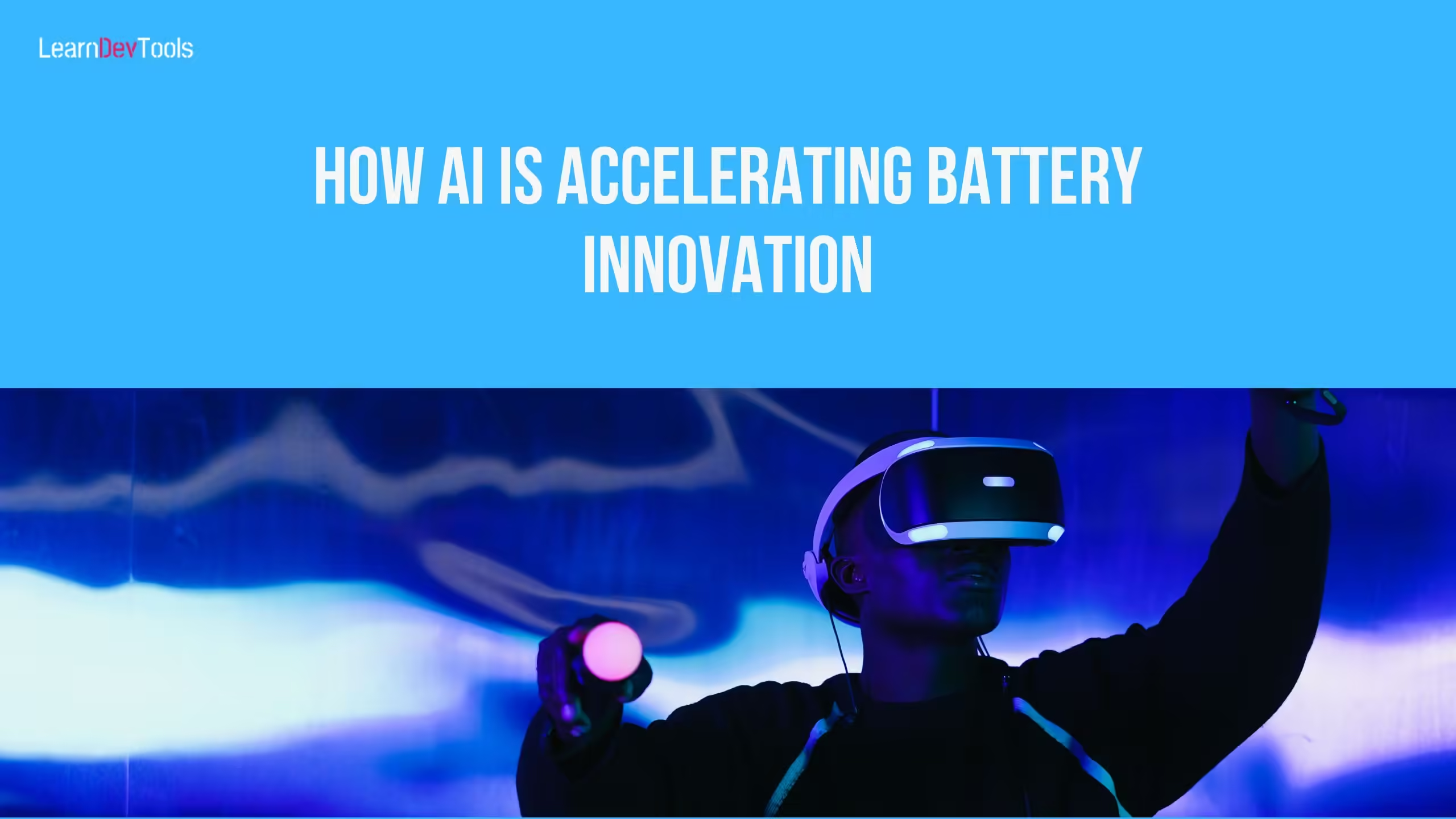Imagine communicating without speaking, typing, or even moving—a direct link between mind and machine. Brain-computer interfaces (BCIs), once a concept confined to science fiction, are quickly becoming a reality, offering a glimpse into a future where thoughts can control technology.
BCIs interpret neural activity and translate it into commands for external devices, enabling individuals to interact with computers, prosthetics, and even other people without the need for physical movement. Recent advances in neuroscience, signal processing, and machine learning have accelerated the field, making BCIs one of the most promising areas in neurotechnology today.
How Brain-Computer Interfaces Work
At their core, BCIs function by detecting electrical signals generated by brain activity. This can be achieved through invasive methods, such as implanted electrodes, or non-invasive techniques like electroencephalography (EEG) and magnetoencephalography (MEG). The captured signals are then processed by algorithms that decode the user’s intended action or communication.
Machine learning models play a crucial role in enhancing the accuracy and speed of signal interpretation. By training on neural datasets, these models can learn to differentiate between complex patterns of brain activity, enabling more nuanced and reliable control over external systems.
Transforming Lives Through Thought
One of the most impactful applications of BCIs has been in assistive technology. For individuals with paralysis or neuromuscular diseases, BCIs offer a new channel of communication and control. Research teams at institutions like the University of California, San Francisco (UCSF) and Stanford University have demonstrated systems that allow users to compose text messages, control robotic arms, or even browse the internet using only their thoughts.
A notable example is a 2021 Stanford study where paralyzed participants used an implanted BCI to “type” words on a screen by imagining handwriting movements. The system achieved typing speeds of up to 90 characters per minute—a significant breakthrough in neural decoding technology.
Similarly, non-invasive BCIs are being developed for broader consumer applications. Companies like Neuralink and Synchron are working on brain-interface devices aimed at enhancing human-computer interaction, not just restoring lost abilities but potentially augmenting healthy brains as well.
Challenges in Scaling Brain-Computer Interfaces
Despite the remarkable progress, several significant challenges remain before BCIs become mainstream.
First, the issue of signal quality is critical. Invasive implants provide higher fidelity signals but come with surgical risks and ethical concerns. Non-invasive BCIs, while safer, struggle with lower resolution and more noise, limiting their precision.
Second, long-term biocompatibility of implanted devices remains an open question. Electrodes can degrade over time, and immune responses can impair functionality. Researchers are exploring flexible, bio-compatible materials to address these limitations, as highlighted by recent NCBI studies.
Privacy and security are also paramount. Direct access to neural data raises profound ethical questions about consent, data ownership, and potential misuse. As BCIs move closer to commercial availability, frameworks for ethical oversight will be essential. Experts increasingly discuss the concept of cognitive liberty—the right to mental privacy and autonomy—as a necessary pillar of future regulation.
The Road Ahead: A Thoughtful Future
Looking forward, the future of brain-computer interfaces will likely involve hybrid approaches that combine multiple sensing technologies and advanced machine learning models. Efforts to improve decoding algorithms, miniaturize hardware, and enhance biocompatibility are already underway.
Moreover, BCIs may not be limited to clinical or assistive applications. In the longer term, they could enable new forms of communication—silent conversations, shared experiences, or entirely new languages based on neural signals.
However, researchers caution against overhyping short-term expectations. While demos and prototypes capture public imagination, widespread, reliable BCI adoption will require years of iterative development, clinical trials, and regulatory approvals.
Nonetheless, brain-computer interfaces represent a profound shift in how humans might one day interact with technology—moving from physical interfaces to pure cognitive communication. The journey from thought to action could eventually become seamless, opening extraordinary possibilities for healthcare, communication, and beyond.








